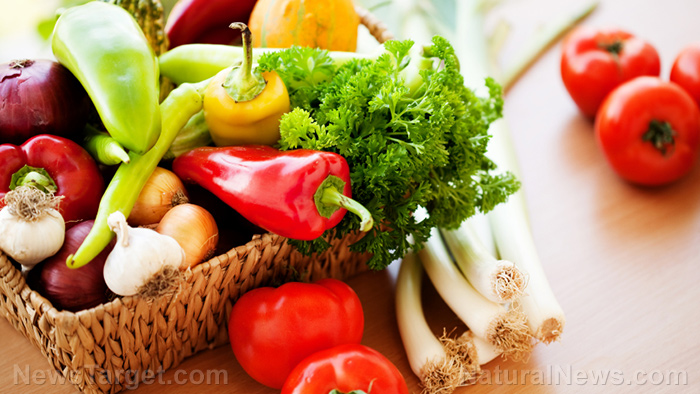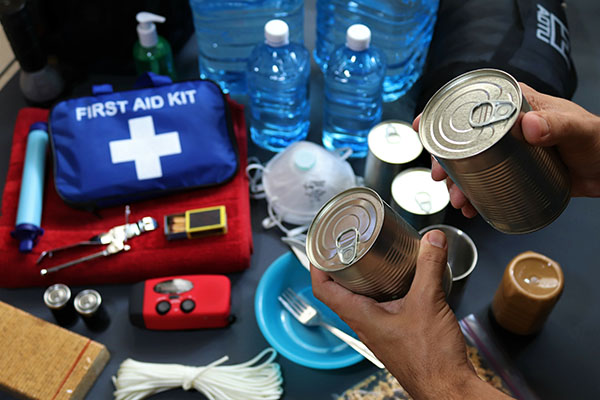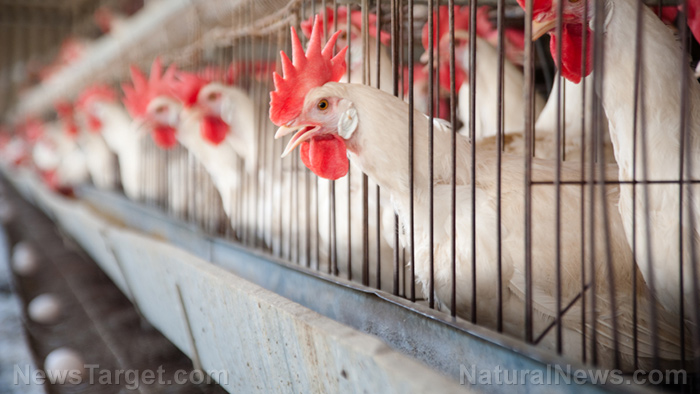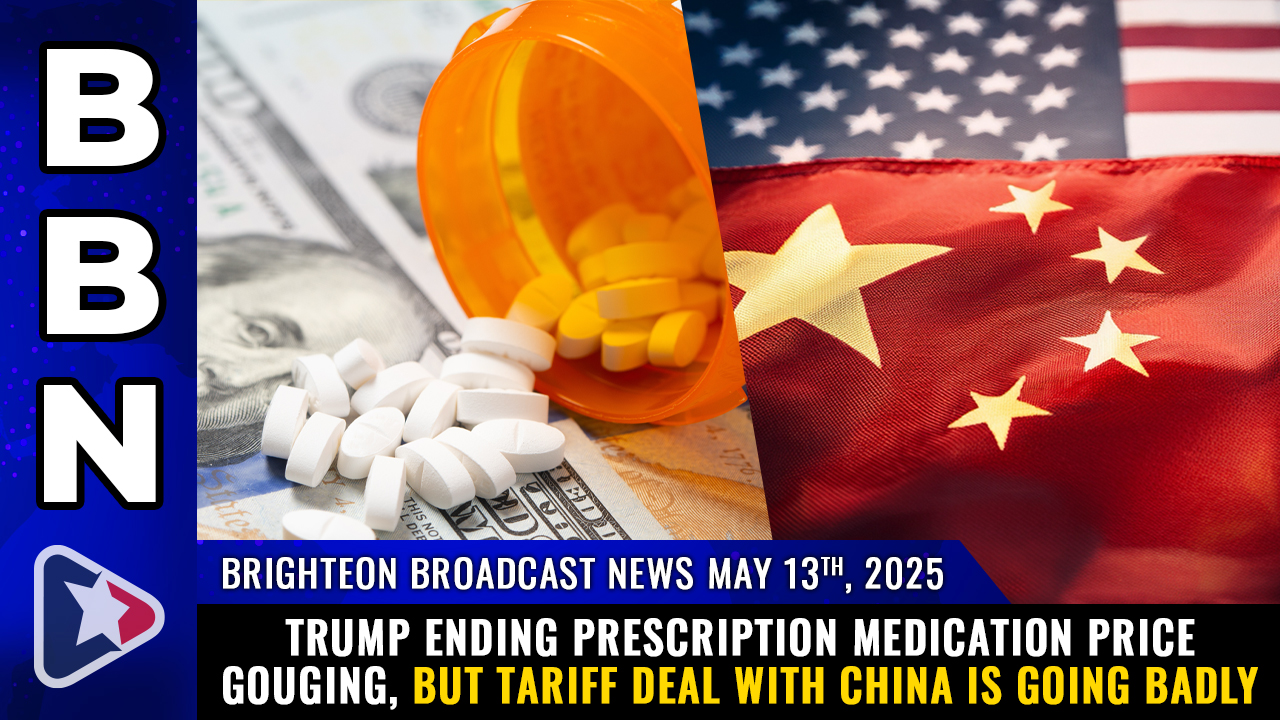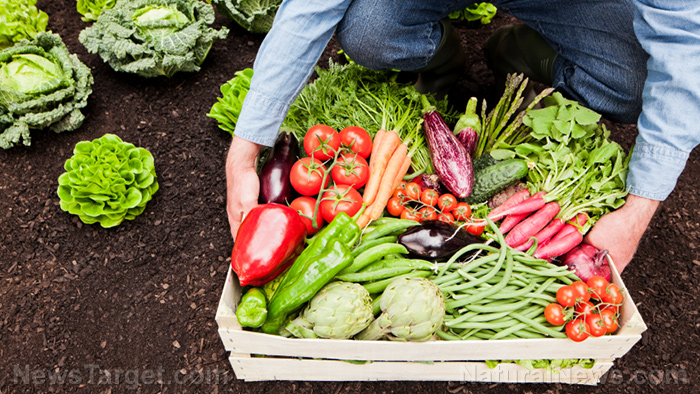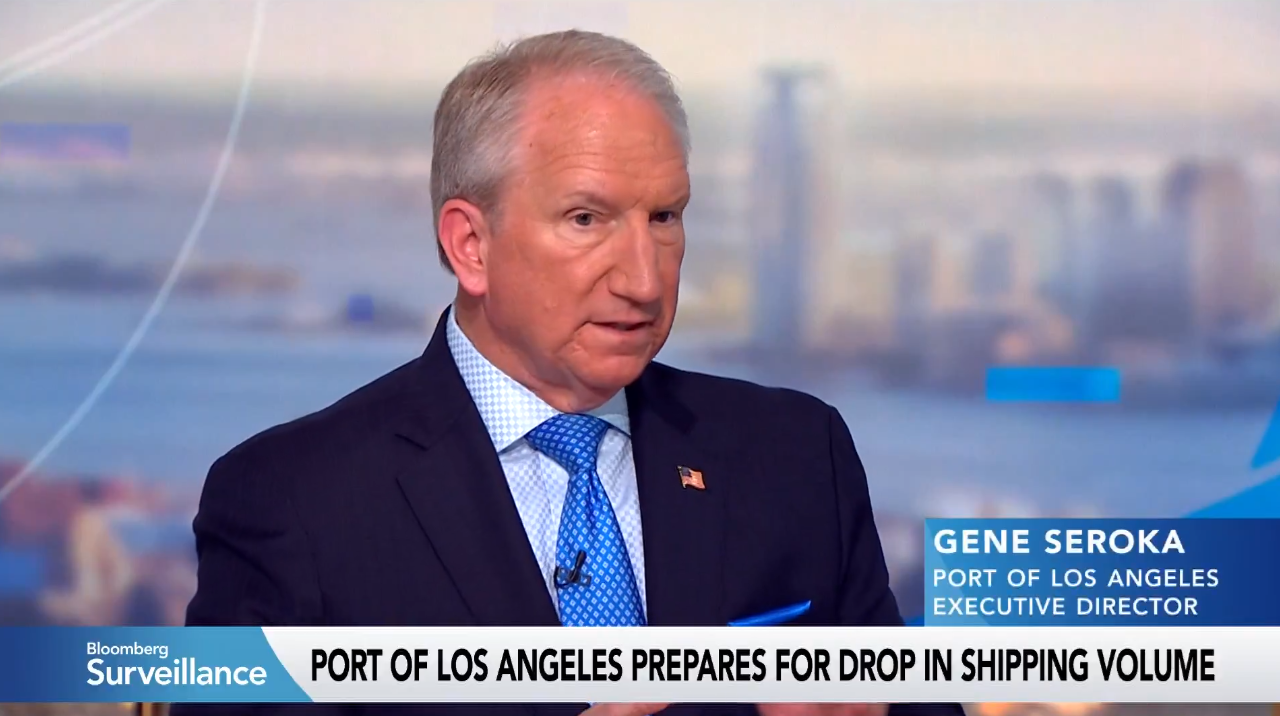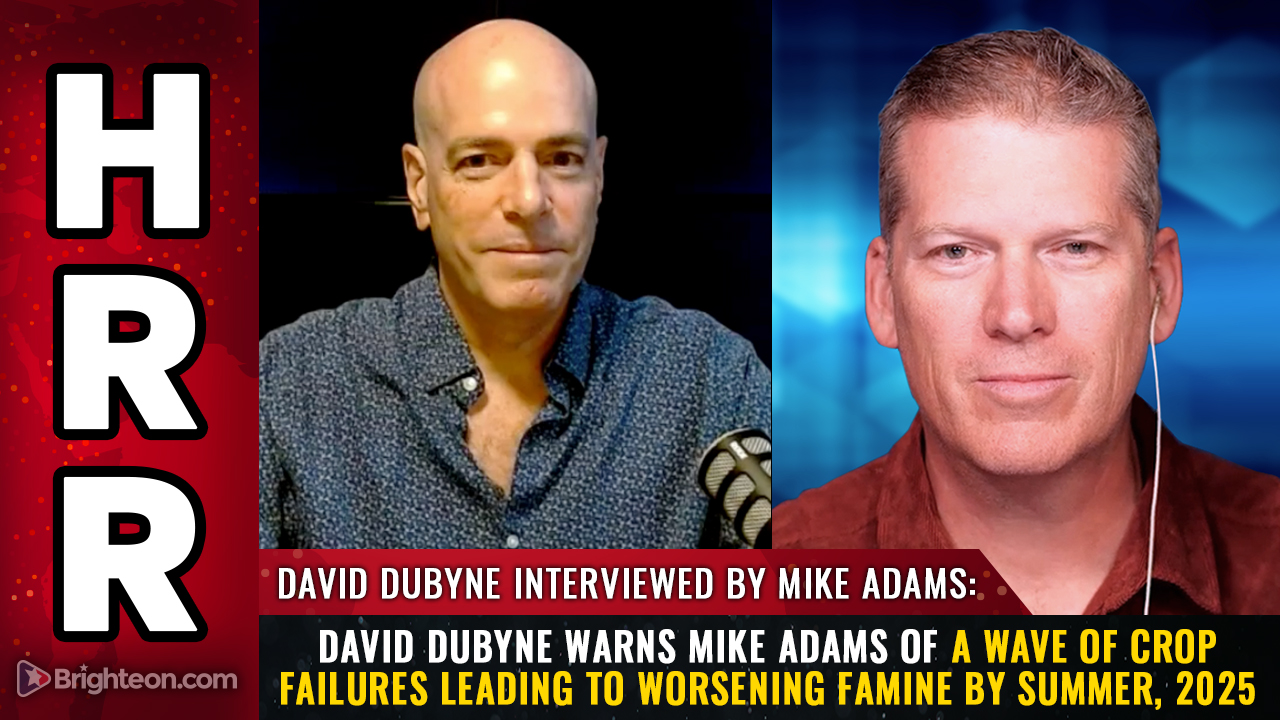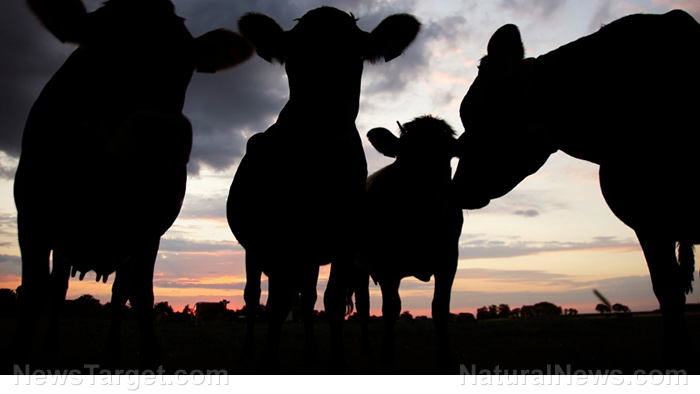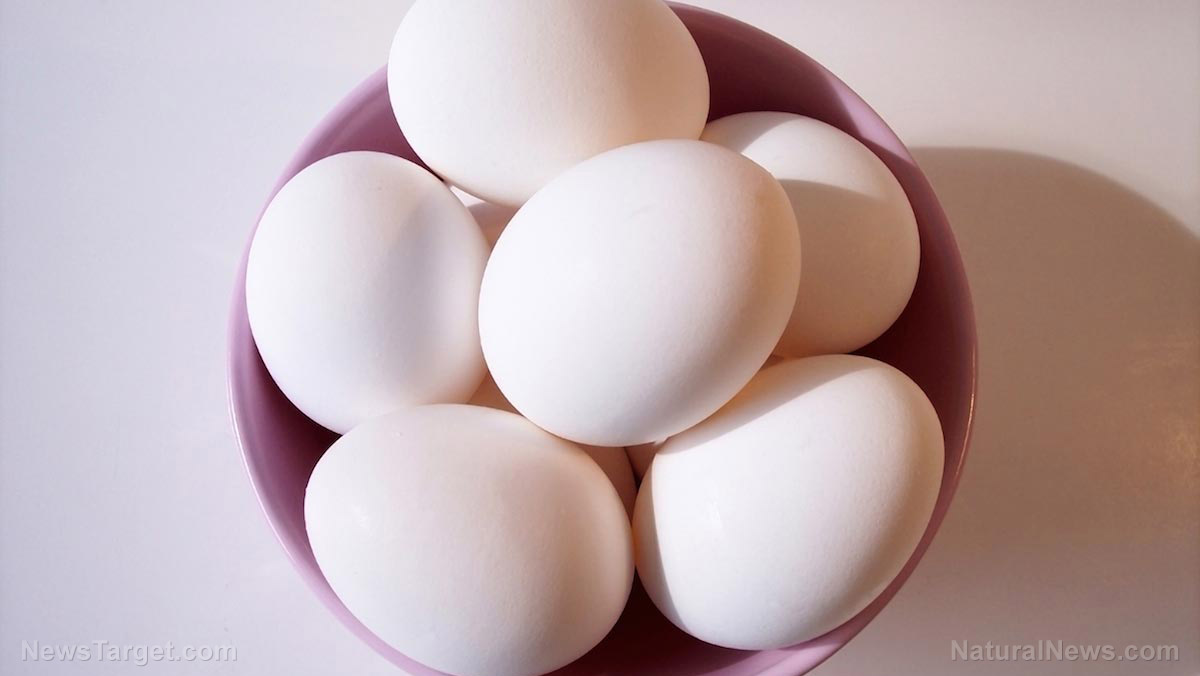Bombing of Iran’s fertilizer plants sparks global food chain fears
06/25/2025 / By Willow Tohi

- Renewed Middle East hostilities forced Iran to mothball seven urea plants, halting production capacity of 8.9 million tons annually and cutting Egypt’s output due to disrupted natural gas supplies.
- Iran, the world’s third-largest urea exporter (4.5 million tons in 2024), compounding China’s reduced fertilizer exports (dropping to 2M from 5.5M tons), exacerbates global shortages.
- Urea prices jumped from $350 to over $410/ton within days, intensifying fears of a “wartime premium” destabilizing agricultural costs.
- 30% of global nitrogen fertilizer transits the strategic strait, now vulnerable to conflict, raising long-term supply chain concerns.
- Analysts warn persistent uncertainty may disrupt 2026 harvests, with China’s restricted exports and Middle East instability casting a shadow over future price stability.
Global fertilizer markets are reeling after renewed Middle East conflict, China’s export curbs and a Ukraine attack on Russian production lines intensified supply fragility, with troubling ramifications for global food security.
As tensions between Iran and Israel escalated last week—sparking missile strikes on nuclear facilities and critical infrastructure—the ripple effects have shuttered fertilizer plants in Iran and Egypt. Iran’s seven urea facilities, critical to its 8.9 million-ton annual production capacity, ceased operations amid fears of further attacks. Simultaneously, Egypt halted output after Israel reduced natural gas deliveries, a key input for fertilizer production. Meanwhile, China—with its 2021 ban still stifling global export volumes—has slashed shipments further, leaving farmers worldwide to grapple with soaring prices and supply unpredictability.
The crisis arrives as Ukraine’s recent strike on Russia’s Nevinnomyssk Azot plant, which manufactures 10% of the country’s urea, added another layer of volatility to an already fragile system. Analysts warn that if these disruptions persist, the 2026 growing season could witness severe consequences for global food affordability.
Iran’s production shutdown: A geopolitical ripple effect
The Israel-Iran conflict has thrust the Middle East’s central role in global fertilizer production into sharp relief. Iran, the world’s third-largest urea exporter, typically dispatched 4.5 million tons overseas in 2024, rivaling China’s exports. With its plants now offline, shortages are immediate, while neighboring Egypt—a minor but regionally critical producer—has also been sidelined due to diminished gas flows.
“The Middle East is a choke point for fertilizer logistics,” said Mark Milam, a fertilizer analyst at Independent Commodity Intelligence Services, citing attacks undermining both Iran’s output and regional energy networks. “Plants are being closed preemptively to avoid becoming military targets, but the supply vacuum is real.”
The fallout extended to global prices. After initial Israeli strikes, Gulf Coast urea prices soared from $350 to over $410 per ton in days, driven by fears of a “wartime premium” lining supply contracts. While markets paused briefly after Iran signaled de-escalation, traders remain alert to lingering instability.
China’s export restrictions: Lingering fallout from 2021’s fertilizer fallout
China’s role amplifies the crisis. In 2021, it banned fertilizer exports, erasing 380,000 tons of monthly nitrogen supply from global markets. Now, Beijing’s continued protectionism—limiting urea exports to just 2 million tons in 2025, down from 5.5 million tons—has eroded buffer stocks.
“China’s withdrawal is the elephant in the room,” said Josh Linville of StoneX Group. “The world has adjusted to lower exports, but when coupled with Middle East instability and Ukraine’s attacks on Russia’s facilities, the market’s safety net is fraying.”
The strain is clearest in fertilizer-dependent regions like Brazil and Argentina, former Iran customers now scrambling for alternatives. For U.S. farmers, while immediate purchasing holds steady until later this year, analysts warn persistent uncertainty could destabilize 2026 costs.
The Strait of Hormuz: A choke point threatening global agriculture
Beyond direct disruptions, the Iran-Israel conflict poses systemic risks to fertilizer shipping routes. Some 30% of global urea and ammonia transits through the Strait of Hormuz, a narrow passage now flirting with broader military escalation.
“A stray missile or mine in the strait could trigger a catastrophic shortage overnight,” said Arlan Suderman of StoneX, linking the risks to Ukraine’s earlier of Russia’s ammonium nitrate facilities. “When key maritime corridors are in play, markets panic.”
This geographic exposure compounds issues from Ukraine’s strike on Russia’s Nevinnomyssk Azot plant, which not only halted production but demonstrated Kyiv’s capability to target industrial hubs deep inside Russia. Analysts now anticipate further disruptions if hostilities expand.
U.S. farmers bracing for a year of uncertainty
Though North American growers remain insulated from short-term price spikes—most U.S. farmers purchase fertilizer after summer plantings—analysts caution long-term risks loom large.
“If supply gaps persist, 2026 could see delayed plantings and cost-driven cutbacks in crop applications,” Milam warned. “Farmers in emerging markets, especially, rely on affordable nitrogen. This crisis jeopardizes their ability to feed their populations.”
Linville echoed concerns: “China’s retrenchment has created a market where even minor shocks—like an Iranian factory shutdown—send prices soaring. Unless conflict cools, the ripple effect could last beyond harvests.”
A balancing act: Can global markets stabilize before the 2026 harvest?
As peace talks edge forward between Iran and Israel—and Russia’s damaged plants undergo inspections—the immediate outcome remains uncertain. Analysts agree that swift resolution could mitigate crosstalk.
Yet the underlying fragility of global fertilizer chains is undeniable. From Beijing’s export controls to Middle East militarization, the world’s farmlands face unprecedented interdependence—and vulnerability.
As one trader summed it up: “Fertilizer isn’t just a commodity now—it’s a geopolitical flashpoint. And every strike, every embargo, moves us closer to a food crisis.”
Sources for this article include:
Submit a correction >>
Tagged Under:
crops, fertilizer, fertilizer plants, food collapse, food rationing, food security, food supply, global food chain, globalism, harvest, Iran, missile strikes, products, supply chain, urea fertilizer, WWIII
This article may contain statements that reflect the opinion of the author
RECENT NEWS & ARTICLES
FoodRationing.news is a fact-based public education website published by FoodRationing News Features, LLC.
All content copyright © 2021 by FoodRationing News Features, LLC.
Contact Us with Tips or Corrections
All trademarks, registered trademarks and servicemarks mentioned on this site are the property of their respective owners.

